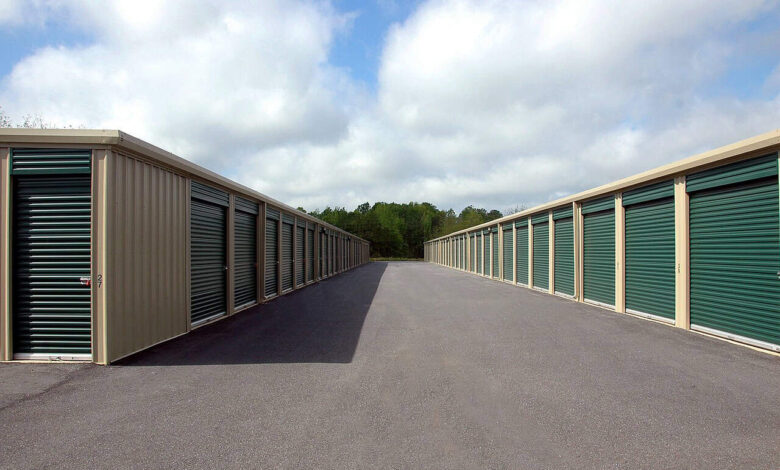
Choosing the right storage unit size is crucial for ensuring your belongings are stored safely and efficiently without paying for more space than you need. Here’s a guide to help you determine the best storage unit size for your needs, along with an overview of different types of storage units and their uses.
How Much Storage Do I Need?
Before selecting a storage unit, take inventory of the items you plan to store. Consider their sizes, shapes, and how they can be arranged. Group your items into categories such as furniture, boxes, appliances, and miscellaneous items. This will give you a clearer picture of the amount of space you’ll need.
Common Storage Unit Sizes and Their Uses
5′ x 5′ Unit (25 sq. ft.)
- Use: Ideal for storing small items like seasonal decorations, boxes, personal items, or small furniture pieces.
- Example: Equivalent to a small closet.
5′ x 10′ Unit (50 sq. ft.)
- Use: Suitable for storing the contents of a studio apartment, including a mattress set, sofa, and boxes.
- Example: Equivalent to a walk-in closet.
10′ x 10′ Unit (100 sq. ft.)
- Use: Can hold the contents of a one-bedroom apartment, such as appliances, furniture, and boxes.
- Example: Comparable to a small bedroom.
10′ x 15′ Unit (150 sq. ft.)
- Use: Fits the contents of a two-bedroom apartment, including larger furniture and appliances.
- Example: Similar to a large bedroom.
10′ x 20′ Unit (200 sq. ft.)
- Use: Suitable for storing the contents of a three-bedroom house, including furniture, appliances, and several boxes.
- Example: Comparable to a one-car garage.
10′ x 30′ Unit (300 sq. ft.)
- Use: Can accommodate the contents of a four-bedroom house, including large furniture, appliances, and multiple boxes.
- Example: Equivalent to a large garage.
Types of Storage Units and Their Uses
1. Standard Storage Units
- Description: Basic storage units without climate control.
- Use: Suitable for items that are not sensitive to temperature or humidity changes, such as garden tools, outdoor furniture, and non-perishable items.
2. Climate-Controlled Storage Units
- Description: Units with temperature and humidity control.
- Use: Ideal for storing sensitive items like electronics, artwork, wooden furniture, and documents. Protects belongings from extreme weather conditions.
3. Drive-Up Storage Units
- Description: Units accessible by vehicle, allowing for easy loading and unloading.
- Use: Convenient for storing large items or heavy boxes. Ideal for frequent access.
4. Indoor Storage Units
- Description: Units located within a building, offer an extra layer of protection.
- Use: Suitable for items that require additional security and protection from the elements.
5. Portable Storage Units
- Description: Units are delivered to your location for you to fill, then transported to a storage facility.
- Use: Convenient for moving or temporary storage needs. Allows you to pack at your own pace.
6. Small Quantities Storage
- Description: Such storage services allow you to store small quantities / single items instead of renting a large storage unit.
- Use: Small quantities, single times, student belongings etc.
Tips for Choosing the Right Size
- Measure Your Items: Measure the dimensions of your larger items to ensure they fit comfortably within the unit.
- Plan for Access: Leave space to create aisles for easy access to your belongings.
- Consider Future Needs: If you plan to add more items in the future, choose a slightly larger unit to accommodate growth.
- Consult with Professionals: Storage facility staff can provide recommendations based on their experience and the items you need to store.
Choosing the right storage unit size takes careful planning and consideration of your current and future needs. By understanding the various sizes and types of storage units near me available, one can make an informed decision that ensures their belongings are stored safely and efficiently.




